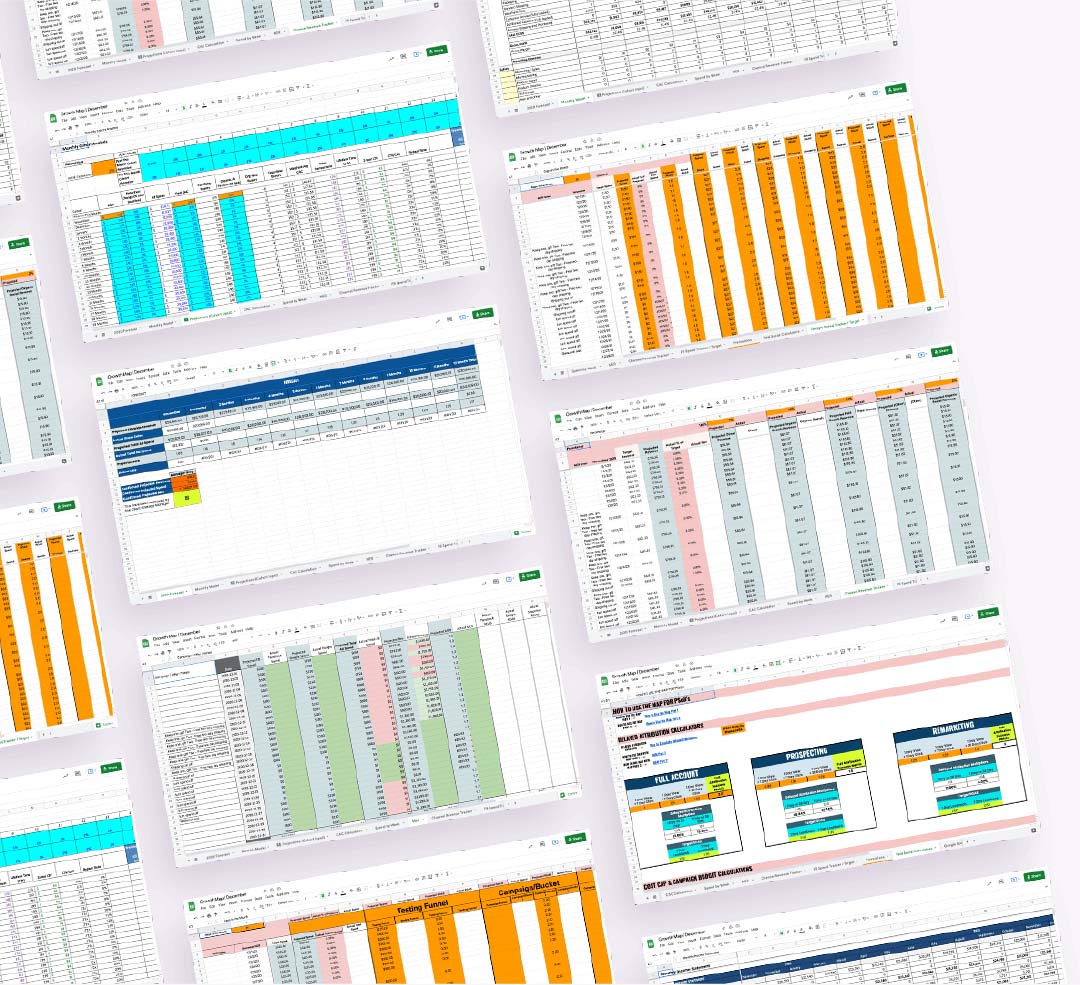Implement the Prophit System for Your Brand
We’ll work with you to custom-build CTC’s predictable, profitable growth system for your ecommerce business.
Get Started
Welcome to another episode of “Outliers,” where we examine the top ads that built some of our favorite ecommerce brands.
In every episode, we examine the creative performance of one brand to show how exceptional some ads are, and then break those ads apart to understand what they can teach us.
Today, we're exploring a cultural icon that has captured audiences through viral moments: Barstool Sports.
In this episode, we’re diving into Barstool’s approach to ecommerce and analyzing the structure behind some of their most successful Facebook ads. Learn how this media giant effectively uses paid media to convert cultural relevance into profitable ecommerce success.
Barstool Sports has brought in audiences with everything from Dave Portnoy’s pizza reviews to 40-hour live streams and hit shows like Call Her Daddy. Beyond the content that has fueled its rapid rise, Barstool is a hidden gem in the ecommerce world, leveraging its vast reach to sell a massive variety of merchandise across its brand properties.
Barstool’s transformation from content powerhouse to ecommerce player came almost naturally. With popular sub-brands, podcasts, and personalities all under one roof …
Barstool’s ability to turn trends into merchandise is unmatched.
Everything from Scotty Scheffler's golfing moment to pop-culture events can instantly become a product. This agility in tapping into cultural moments allows Barstool to create highly relevant products that appeal to niche audiences in real-time.

The challenge?
With so many products, each with a limited lifecycle, it’s hard to maintain a steady stream of high-performing Facebook ads. To achieve scalable, profitable growth, Barstool has perfected the art of catalog ads … a powerful ad structure that automatically adapts to changing product offerings.
So, what does Barstool’s ad performance look like? Here’s a snapshot of some key metrics that provide insight into their successful ad strategy …
While the 3.56% hit rate is consistent with industry standards, it’s a strong figure given Barstool’s unique product dynamics. This shows the potential of catalog ads in driving consistent performance even when product lines vary widely.
Barstool’s ad strategy centers around dynamic product ads (DPAs) and dynamic ads for broad audiences (DABA), particularly well-suited for their constantly rotating inventory.
In fact, all of Barstool’s top 10 ads use product feed formats.
By using catalog ads, Barstool can efficiently promote their latest products, tapping into both engaged fans and broader audiences without having to recreate ads for every new release.

Why this approach?
Facebook’s machine learning algorithm performs best with consistent data inputs, making catalog ads ideal for a company like Barstool, where products change frequently and quickly go in and out of stock.
Automated Product Updates: When Barstool adds a new item to the catalog … whether it's branded apparel, a new coffee blend, or podcast merchandise … Facebook automatically incorporates it into ongoing campaigns.
Flexible Campaigns by Brand Property: Each sub-brand, from Spittin’ Chiclets to Stella Blue Coffee, has its own feed within the main catalog. This segmentation allows Barstool to create niche ad sets that directly speak to each brand’s audience.
Optimized Budgeting and Cost Controls: With minimum return on ad spend (ROAS) thresholds for each catalog, Barstool can ensure that ad spend aligns with profitability goals.
This structure minimizes the need for constant campaign updates, letting the team focus on capturing cultural moments and adding new products without missing a beat.
For Barstool Sports … catalog ads aren’t just for retargeting. They’re crucial for prospecting new customers as well.
Dynamic Ads for Broad Audiences (DABA) allows Barstool to tap into Facebook’s broad targeting, ensuring their newest merch reaches potential fans before they even visit the website.
Catalog feeds enable Barstool to automate ad creation, allowing new products to instantly be served to relevant audiences without the need for dedicated ad creatives. This scalable approach works for any company with a high product turnover, particularly those in apparel and consumer goods.

Barstool’s approach to catalog ads highlights a few key takeaways that other brands can apply to build a sustainable, high-performing ad account …
By using product feeds, brands can set up a foundational ad account that dynamically updates based on inventory. This approach not only saves time but also allows brands to scale without the manual work of creating new ads for every launch.
With separate feeds for each sub-brand, Barstool personalizes the ad experience, ensuring each product reaches the right audience. This strategy is especially beneficial for brands with diverse product lines or sub-brands.
By setting up minimum ROAS thresholds, brands can ensure each catalog feed maintains profitability. This is essential for balancing the lower margins often associated with apparel and merchandise.
Barstool’s ability to tap into real-time trends with culturally relevant merch keeps their catalog fresh and engaging. Brands can replicate this strategy by adding new products tied to events or trends and automatically incorporating them into ad feeds.
While catalog ads may lack the personalized flair of custom creatives, they provide a reliable, adaptable foundation for consistent performance … ideal for brands navigating high demand and quick-turn products.
Barstool’s success in catalog ads underscores how brands with fast-changing inventory can effectively scale on Facebook.
Whether you’re in apparel, merchandise, or consumer goods, leveraging product feeds can set the stage for profitable growth in a fast-paced market.

We’ll work with you to custom-build CTC’s predictable, profitable growth system for your ecommerce business.
Get StartedCommon Thread Collective is the leading source of strategy and insight serving DTC ecommerce businesses. From agency services to educational resources for eccomerce leaders and marketers, CTC is committed to helping you do your job better.
For more content like this, sign up for our newsletter, listen to our podcast, or follow us on YouTube or Twitter.